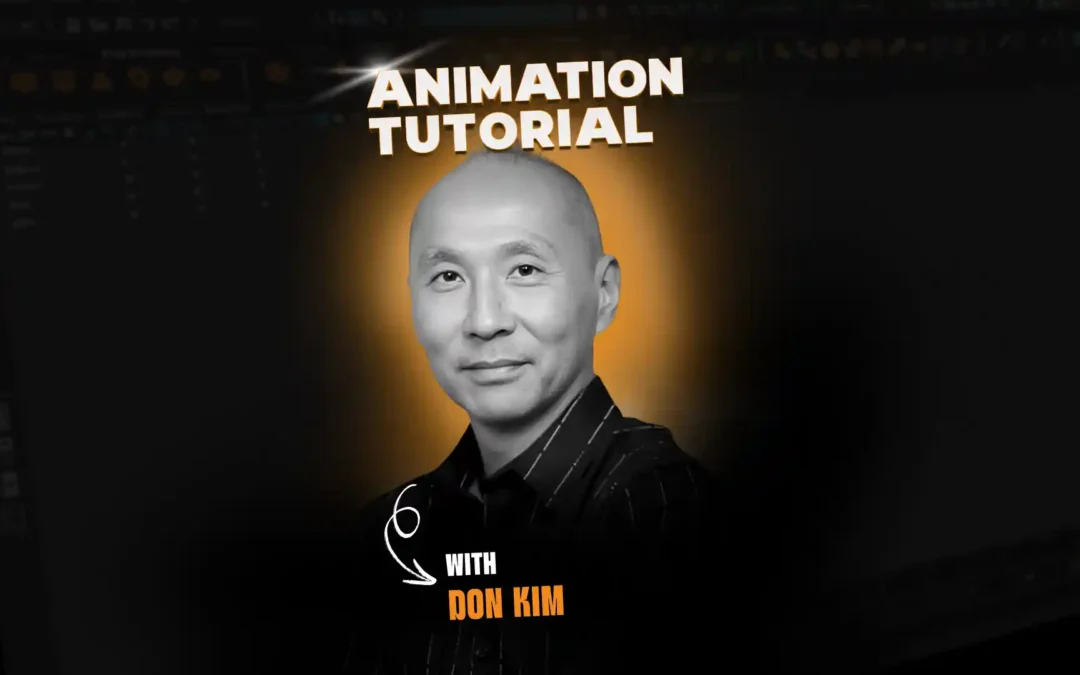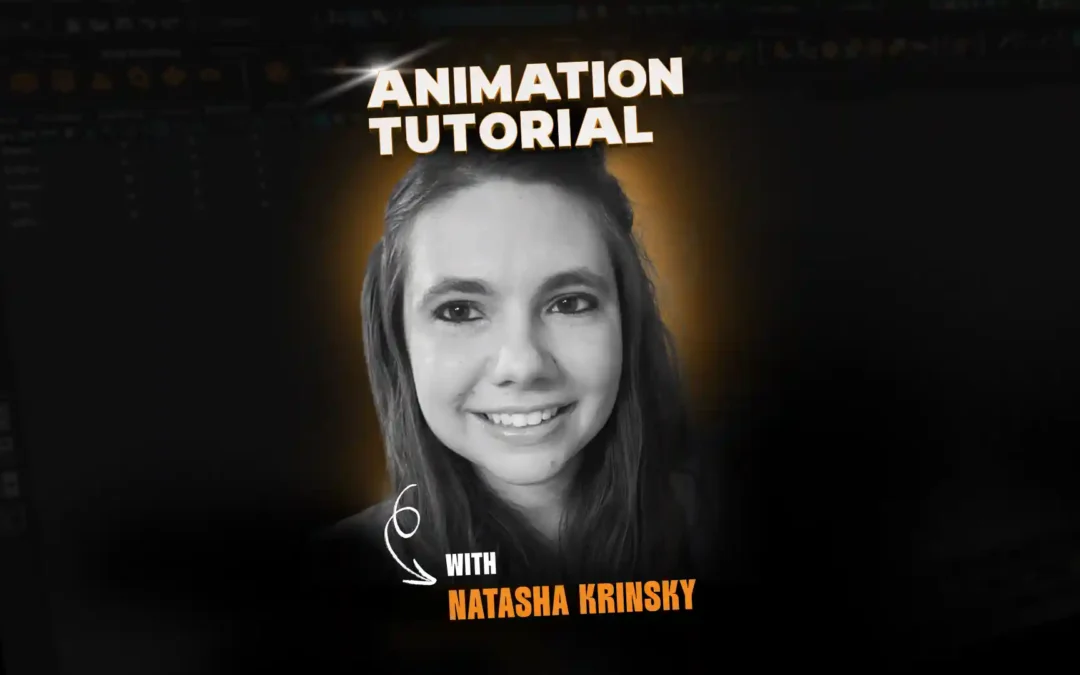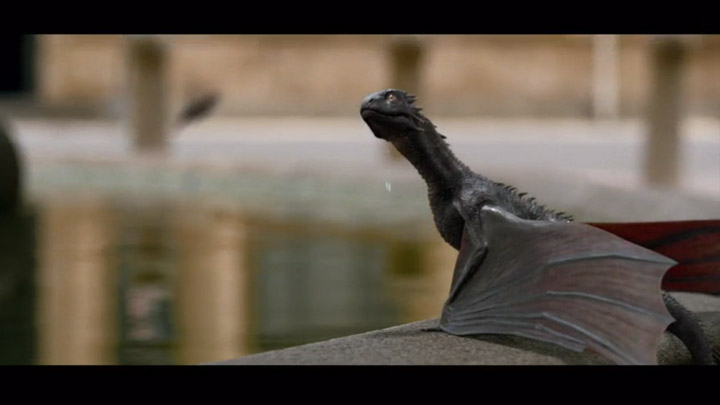
Nicole Herr is a Los Angeles-based character animator, a longstanding friend of Animation Mentor and an instructor in our Creature Animation: Locomotion workshop. Nicole graciously answered some of our burning questions about her animation career, animation workflow techniques and what it was like to be an animator working on Game of Thrones and Guardians of the Galaxy. Read, get inspired and go animate!
– The Animation Mentor Crew
- How long have you been a professional animator and what inspired you to be one?
Nicole: I’ve been a professional animator since I animated Jellyfish for the film Sphere in 1998. But I started really thinking about animation as a career when I was in high school and saw The Little Mermaid on the screen. That film made me realize that this would be a career that I could happily do.
When I got home that night, I wrote a letter to the Disney Florida Studios asking for advice. A few weeks later, I got a phone call from one of their senior animators. To say the least, I knew then and there, that animation was exactly what I wanted to do.
- What was your favorite shot that you’ve ever worked on? Why was it your favorite shot?
- On Fantasia 2000, I got to restore the original footage from the 1940 release. Frame by frame. It was an amazing experience.
- On Sphere, I got to see my own animation on the screen for the first time.
- On Stuart Little 2, I worked on my very first character animation for a feature film.
- On Suckerpunch, I got to animate the baby dragon & her demise. It was the first time I got to work hand in hand with the rigger to design a one off rig for my shot.
- Can you tell us a little bit about the difference between a character animator vs. a realistic animator? Are the workflows different?
- What is your workflow when animating a creature shot?
- When you get a shot, how much time do you have to animate it?
- We see that you animated a dragon for the Game of Thrones Time-Warner commercial. What was that experience like?
- What references do you use when you animate a make-believe animal like a dragon?
- As a mentor, what are the most common mistakes you see students make?
- Students have a habit of overcomplicating their shots. They forget to keep their shots simple.
- They also forget that even creatures are characters. So they don’t know WHO they are animating. As a result, the characters don’t have motivation for their actions.
- Not studying the video reference for how the specific animal’s body mechanics work, and how their environment affects the motions they are studying.
- Not moving their own bodies to understand and FEEL how the animal would work.
- Lack of weight.
- Using the wrong animal(s) for the creature’s body type.
- Not asking for critiques and help.
- What tips would you give them to help them resolve it?
- You need to really understand who you are animating and why they are doing the action.
- Make sure you really understand the mechanics of the action that you are looking at animating, so acting out your motions as you are animating is a must.
- Ask for extra sets of eyes on your shot. Make sure you don’t take any notes or comments personally, they are meant to be constructive and helpful.
- Most importantly, remember that animation is a team sport. You need to make sure you are part of the team.
- And lastly, what “dream” shot would you have liked to animate and why?
Nicole: There are so many, how do you choose which one is your favorite?

© Marvel/Warner Bros.
On Guardians of the Galaxy, I got to spend my time exploring the characters throughout the film as a post-viz animator. It was about really fleshing out Rocket and Groot, their personalities and overall actions.
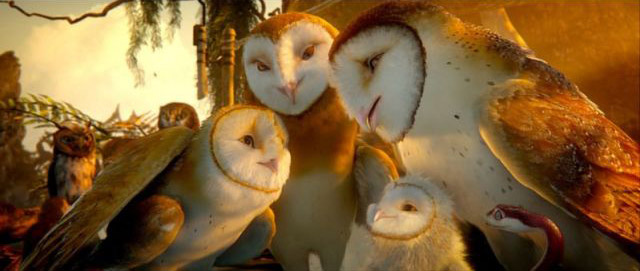
© Warner Bros.
But I would have to say my favorite shot was on Legend of the Guardians: The Owls of Ga’Hoole. I had the shot of the parents celebrating their son’s achievement at the end of the film. It was a simple shot, but it was about what they were feeling for each other and their pride in their son. It was all about subtext and emotion. A personal favorite shot.
Nicole: My workflow for character and creature animation is actually pretty similar. When blocking I bounce between stepped and splined mode, but that is more on a shot by shot basis rather than animation type. The major difference for me, is when I am working with reference and the level of fine detail that I work into the shots themselves. The more realistic the animation, the more those little details really matter.
On cartoony character animation I shoot more video reference of myself performing the action. Focusing on the beats that I need to hit for the performance to come across to the audience & work with my fellow animators performances. My poses are generally bigger and broader than what I do in realistic animation.
For realistic creature animation, I spend more time learning about the animals that I am using as reference. If I can spend time with the actual animal type being used as reference, I do. That may mean going to the zoo, watching animal planet, searching the internet. I try to understand as much as possible about the creature itself, including: motivation, movement, and any little quirks it may have. For the Game of Thrones dragon commercial I worked on we were using bats and chickens as reference, with a little pigeon added in for flight. I also spend time studying the plate that my creature is going to be integrated into, as my animation has to work within the in the plate itself. I use it as a guide for my animation as to what I can and can’t do in my shot.
Nicole: Reference. Tons of reference. I try to understand exactly what the creature can do. It’s not as easy as just performing the action and animating it from my own performance. I have to know exactly what I want to do in the shot before I ever set a keyframe. Sometimes, you can’t find the perfect reference for your shots, so there is more planning involved to know how to get the creatures to work. You also do have to perform to FEEL what your body is doing and how, so there is a lot of getting up and performing for my shots while actively animating the shot.
Nicole: That always depends on the production and the shot itself. Some shows allow 40 hours to animate a 240 frame shot, other shows allow more time. For more complex animations, they generally will give more time. For Doc Manhattan in Watchmen we were targeting around 5-8 seconds of finished animation per week. But, as I said, everything depends on the show, the character, and the overall schedule.
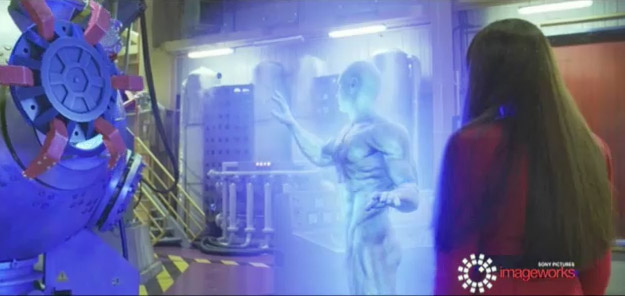
© DC/Warner Bros.
Nicole: The Game of Thrones dragon (Drogon) was a joy to animate! The rig used in the HBO television series was extremely well thought out, which made it extremely smooth for us when we were given the same rig to use in the commercial. With the commercial we got the opportunity to really get into the dragon’s thought process, motivation, and character. We were also able to expand who the dragon is and his relationship to Daenerys.
As a result, the entire time we were on the commercial, we were worried that we were pushing him a little too far into having thought and personality. But the client was very supportive, and encouraged us to explore him a little more. It was also the first time you got to see any of the dragons flying, so it was a fun experience all around.
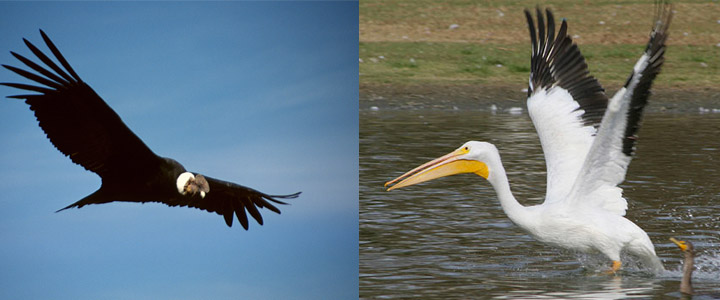
Nicole uses pelican and condor references when animating large dragons
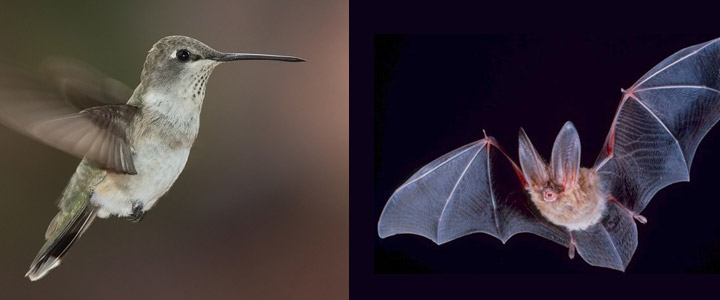
Nicole uses humming birds and bat references when animating smaller dragons
Nicole: Mostly I look for the type of dragon I am animating. If it’s a little one that’s supposed to act like a hummingbird, I would mix that with some bat. For the really big heavy dragons I look for big birds of a similar body type. I like using Pelicans and Condors for those. Recently, I worked on a quadruped dragon that had the personality of a labrador retriever. So I spent time playing with my lab (Pirate), mixing his motions with bats for the mechanics of flight, and a little Macaw for good measure.
There’s almost never just one creature in the mix, it’s about studying the dragon itself. And then taking the best attributes from various animals to make the best creature you can.
Nicole: It’s simple. Plan your shot.
Nicole:
Nicole: Is there a dream shot? Yes. It’s the next one!
—
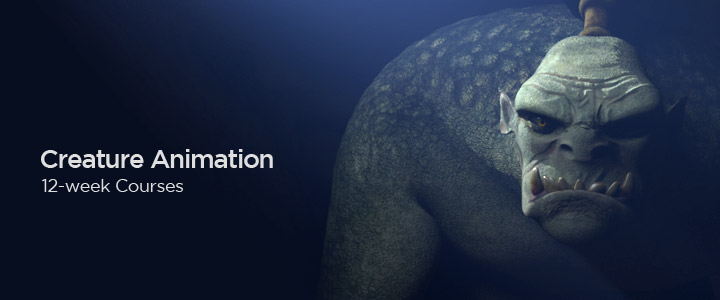
Are you an advanced animator who wants to learn the finer points of creature animation, including how to animate believable run cycles, manage weight distribution with large characters and animate in both realistic and exaggerated styles?
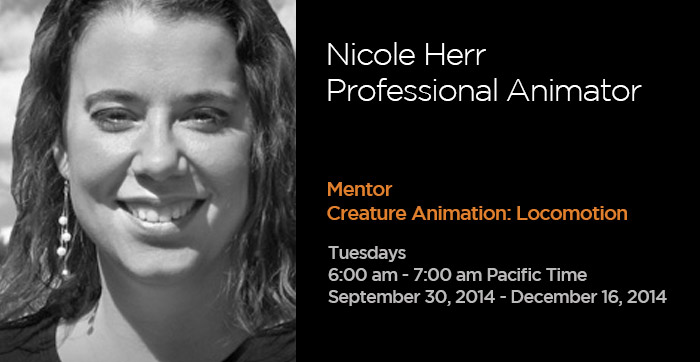
Register for our Creature Animation: Locomotion workshop and get personalized instruction from senior animation professionals like Nicole Herr, Scott Lemmer and Animation Mentor co-founder, Shawn Kelly. Save your seat – register today!
